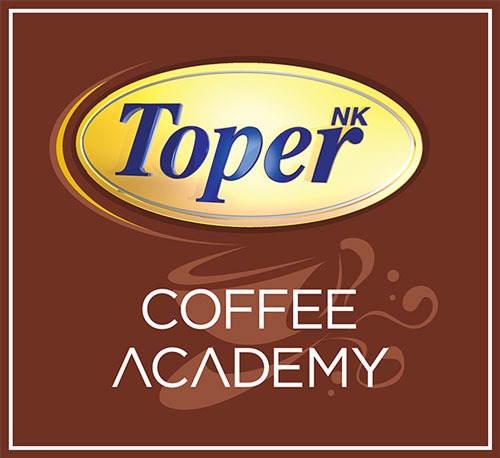In the past, coffee roasters tried to learn how to roast new types of green coffees by trial and error. Today, coffee roasting is done with scientific knowledge thanks to the training provided by coffee academies and machine manufacturers. At the beginning of the roasting process, it is necessary to conduct many experiments and record the results of the experiments. In the light of new scientific training, the effectiveness of the experiments increases and the results are obtained in a shorter time. The time it takes for a roaster to complete the settings for a new type of coffee can vary from a few days to a few weeks. When researching a new type, it is necessary to know the density, size and moisture content of green coffee. Today, thanks to the developing technology, various analyzers can be used for moisture, color, density and size. The prices of test equipment, which were extremely expensive in the past, have come down to affordable levels. These devices provide great convenience for coffee roasting and quality control in accordance with international criteria. Coffee roasters are affected by the climate and sea level of the region in which they are operated. Quality coffee roasters have many control systems that help the roaster to roast coffee according to customer requirements.
These systems are very useful both for roasting consistently high quality coffee in mass production and during test roasts to meet the demand for a newly tested green coffee or a new flavor. The records kept during the roasting processes and test roasts of newly introduced varieties are the roaster’s reference, the key to consistent roast quality and the secret to success
Basic data to be recorded
- Characteristics of green coffee (country, tree variety, region, humidity, color, density, bean size)
- Roasting machine (type, heating type, brand)
- Location of the roasting process (relative to sea level)
- Roasting date and time
- Time to put green coffee in the cauldron
- Roasting time
- Heat set values
- First cracking time and duration
- Second cracking time and duration
- Roasting time
- Boiler discharge temperature
- Tasting evaluation of coffee




